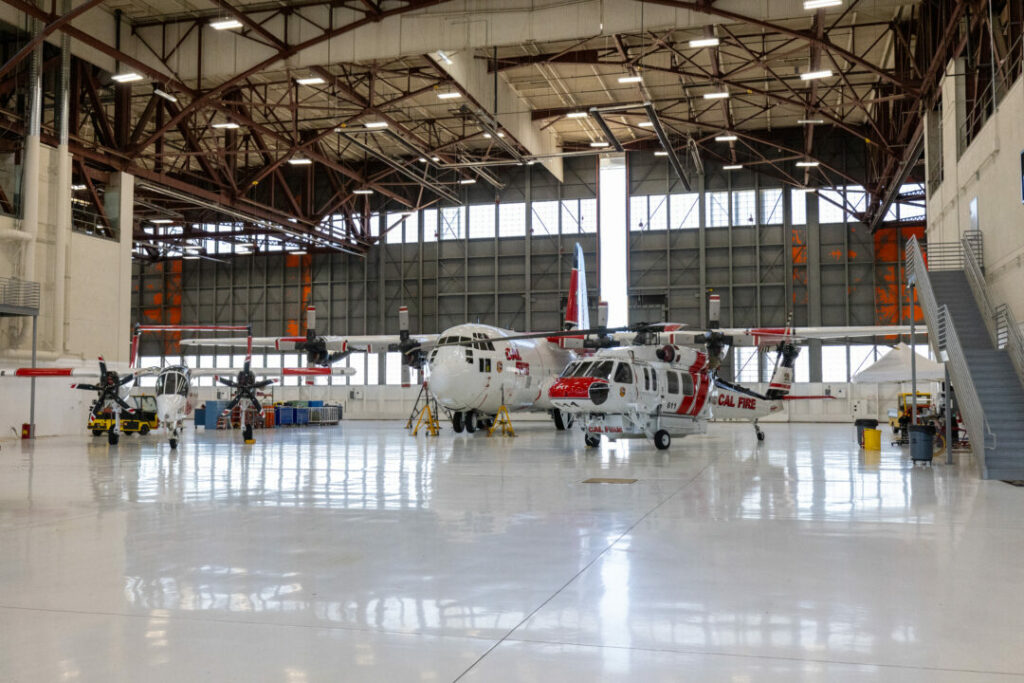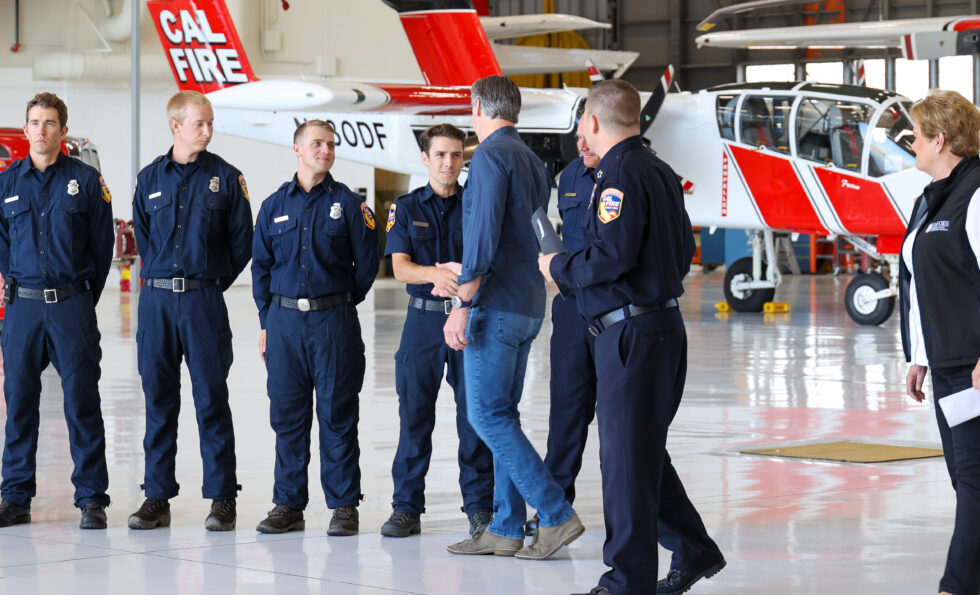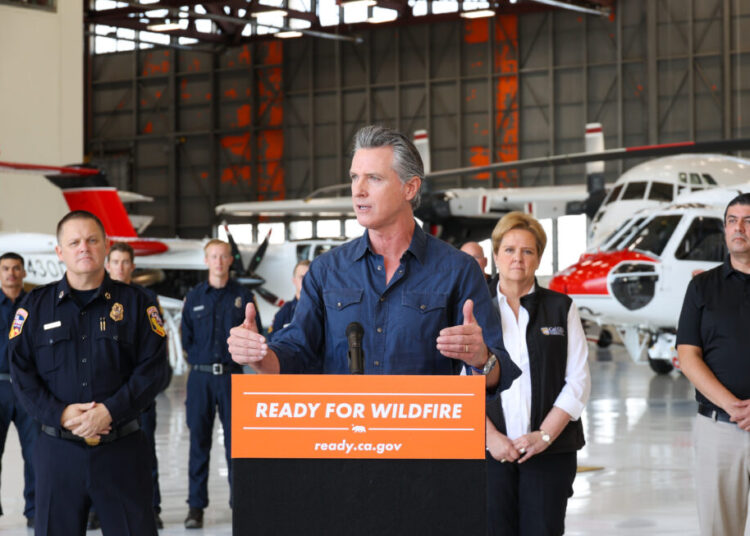California’s peak wildfire season is here, and it’s significantly more active than the last five years.
So far this year there have been more than 3,500 wildfires across California, with 207,415 acres burned and 128 structures damaged or destroyed. That’s compared to just 10,080 acres at this time last year – and the five-year average of 38,593 acres burned.
The state continues to expand its aerial firefighting force, which is the largest in the world. California also continues to leverage new technologies to support its firefighting capabilities.

Governor Gavin Newsom joined state fire and emergency officials in Sacramento at CAL FIRE McClellan Air Tanker Base to provide an update on California’s wildfire response and readiness.
“The last couple years brought welcome relief for California as we saw historically low levels of wildfire. This season is shaping up to be very active, bringing the threat of dangerous wildfire to many parts of our state. California is ready with the world’s largest aerial firefighting fleet and new technology that helps us fight fire smarter – and we’re already seeing our investments pay off," said Governor Gavin Newsom.

The recently signed 2024 budget agreement maintains $2.6 billion through 2028 to protect Californians from wildfires and improve forest health. This is in addition to $200 million per year for healthy forest and fire prevention programs, including prescribed fire and other fuel reduction projects. The administration is implementing shorter workweeks for state firefighters and aims to bring on more than 2,400 additional firefighters over five years to augment staffing levels.
Some of the highlights of the 2024 plan include:
- Expansion of helitack bases
- Five additional helitack bases are operational, after personnel completed. training, bringing the total to eight bases equipped for night operations.
- Night-flying aircraft have been activated in response to many wildfires this year.
- Contracted aircraft add to CAL FIRE’s permanent fleet of over 60 aircraft
- 20 additional helicopters and 4 airplanes, including five night-flying capable helicopters.
- Drone deployment
- CAL FIRE currently operates 159 unmanned aerial systems, representing a doubling in CAL FIRE’s use of UAS for aerial ignition, support of prescribed burns, and wildfire containment.
- Ongoing transfer and outfitting of seven C-130 aircraft from the federal government






